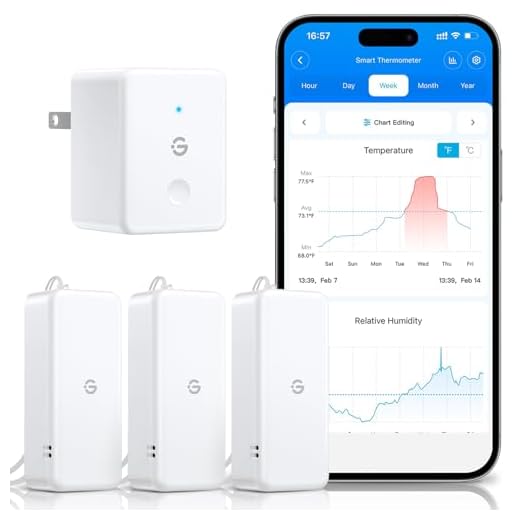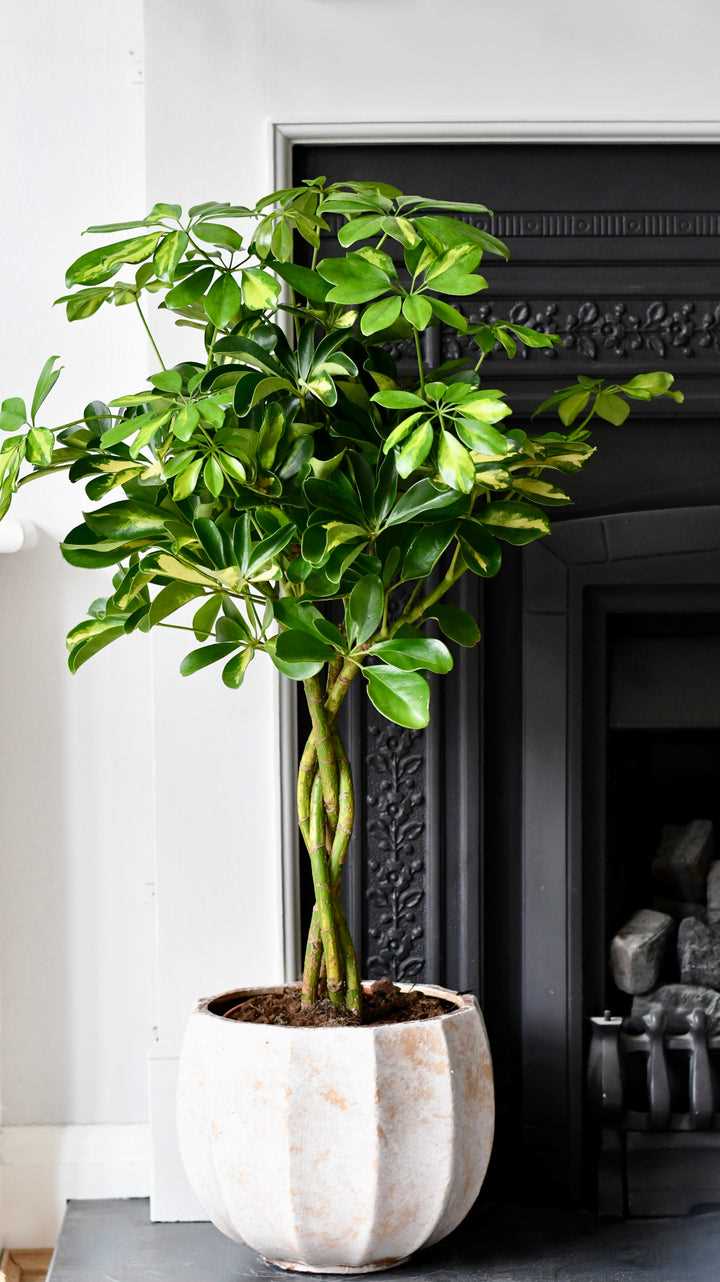


Choosing the right environment for your Schefflera can significantly enhance its growth and vitality. This article provides specific insights into the ideal conditions for this popular houseplant, ensuring it thrives in your home or office. Whether you’re a seasoned gardener or a novice plant enthusiast, the information here will guide you in creating the perfect setting for your greenery.
You’ll discover the best light levels, humidity requirements, and temperature ranges that suit this species. Additionally, tips on potting, watering, and fertilization are included to help you maintain your plant’s health. By following these straightforward guidelines, you can enjoy a lush and thriving Schefflera that adds life to your space.
This piece is particularly useful for anyone looking to cultivate this unique greenery indoors. With practical advice and easy-to-follow steps, you’ll be equipped to provide the best care for your plant and watch it flourish.
Ideal Environment for Your Schefflera
Positioning your Schefflera in an area with bright, indirect sunlight will promote healthy growth. Avoid direct exposure to harsh sunlight, which can scorch the leaves.
Choosing the right spot also involves maintaining a warm temperature, ideally between 60°F and 75°F. This tropical species thrives in humidity, so consider areas where moisture is naturally higher, such as kitchens or bathrooms.
Key Factors for Successful Placement
- Light Requirements: Bright, indirect light is optimal. A north or east-facing window is preferable.
- Temperature: Keep the environment warm, avoiding cold drafts.
- Humidity Levels: Higher humidity supports growth. Use a humidity tray or mist the leaves if necessary.
- Space Considerations: Ensure enough room for the plant to grow, as it can reach significant heights.
Regularly rotate the pot to encourage even growth and prevent leaning. Observing your plant’s response to its surroundings will guide adjustments in its placement.
Optimal Lighting Conditions for Umbrella Plants
Bright, indirect sunlight is ideal for the growth of this species. Direct exposure to harsh sunlight can lead to leaf scorch, while insufficient light can cause stunted growth and poor foliage quality.
Positioning these plants near a window with filtered light is recommended. They thrive well in environments where they receive several hours of soft, indirect sunlight each day. Consider rotating the plant occasionally to ensure even light distribution on all sides.
Light Requirements
Understanding the light preferences can enhance the health of your greenery:
- Bright Indirect Light: This is the most favorable condition, allowing for optimal growth.
- Low Light: While they can survive in lower light conditions, growth may slow significantly.
- Direct Sunlight: Avoid prolonged exposure, as it can damage the leaves.
Utilizing sheer curtains can help diffuse intense sunlight while still allowing enough brightness to filter through. Observing the plant’s response to its environment will aid in adjusting its placement as needed.
Soil Requirements for Healthy Growth
Choosing the right soil is pivotal for the flourishing of this tropical species. A well-draining medium is necessary to prevent waterlogging, which can lead to root rot. An ideal soil mix should consist of organic matter to retain moisture while allowing excess water to escape.
A blend of potting soil, perlite, and orchid bark can create an environment that supports healthy root development. This combination ensures that the roots receive adequate aeration and nutrients without becoming overly saturated.
Soil Composition
Consider the following components when creating an optimal soil mixture:
- Potting Soil: Provides essential nutrients and water retention.
- Perlite: Enhances drainage and aeration.
- Orchid Bark: Adds texture and prevents compaction.
Adjusting the ratio of these ingredients can help suit individual conditions, such as humidity and temperature. For instance, in more humid environments, increasing perlite may be beneficial.
pH Levels
The pH level of the soil should ideally be between 6.0 and 7.0. Regular testing of soil pH can help to maintain this range, ensuring that the plant can absorb nutrients effectively. If the pH drifts out of this optimal range, amendments such as lime or sulfur can be used to adjust it.
Fertilization
In addition to the right soil composition, periodic fertilization can enhance growth. A balanced, water-soluble fertilizer applied during the growing season can provide necessary nutrients. Follow the manufacturer’s instructions for application rates to avoid over-fertilization, which can harm the root system.
Maintaining the proper soil conditions is fundamental for the health and growth of this tropical beauty. With careful attention to soil composition, pH levels, and fertilization practices, thriving growth is achievable.
Preferred Humidity Levels in Indoor Spaces
The ideal humidity range for many indoor green companions is between 40% and 60%. Maintaining these levels ensures optimal growth and health, preventing issues such as leaf drop or browning. Humidity plays a significant role in the transpiration process, which affects nutrient uptake and overall vitality.
To achieve the desired humidity, various methods can be employed. For example, placing a humidifier in the room can effectively increase moisture levels. Alternatively, grouping multiple plants together can create a microenvironment with higher humidity. Regular misting of leaves is another technique that can help maintain adequate moisture.
Monitoring Humidity
To ensure the environment is suitable, consider using a hygrometer. This tool provides real-time readings of humidity levels, allowing adjustments as needed. Here are some signs that humidity may be too low:
- Leaf tips turning brown
- Stunted growth
- Increased pest activity
Conversely, excessive humidity can lead to issues such as mold growth and root rot. It’s important to strike a balance. Keeping the indoor humidity within the recommended range will contribute to flourishing greenery.
Optimal Environments for Outdoor Canopy Foliage
Position these leafy wonders in areas that provide bright, indirect sunlight to promote healthy growth. A sheltered spot that receives morning sun and afternoon shade is ideal for maintaining their lush appearance.
Consider the following recommendations for creating an ideal outdoor setting:
- Patio Areas: Shielded from harsh winds, patios can offer the right balance of light and protection.
- Near Trees: Plant them close to deciduous trees that provide dappled sunlight, which is beneficial during the hottest parts of the day.
- Garden Borders: Placing them along garden perimeters can enhance the aesthetic while ensuring they are not overwhelmed by neighboring plants.
- Close to Water Features: Proximity to fountains or ponds can increase humidity, promoting growth.
In summary, selecting an appropriate location for your foliage involves considering light exposure, wind protection, and moisture levels. By implementing these strategies, your greenery will thrive and add a striking visual element to your outdoor spaces.
Best place for umbrella plant
Features
| Part Number | Schefflera Arboricola Green |
| Model | Schefflera Arboricola Green |
| Color | Green |
| Size | 3 gallon |
Features
| Model | HJCL180 |
| Warranty | 12-month warranty. |
| Color | Black |
| Size | 2 Pack |
| Energy Efficiency Class | energy-saving |
Features
| Part Number | B5110101 |
| Model | H5151,H5110 |
| Color | White |
Video:
FAQ:
What is the best location for an umbrella plant indoors?
An umbrella plant, or Schefflera, thrives best in bright, indirect sunlight. Position it near a window where it can receive filtered light but avoid direct sun exposure, as this can scorch the leaves. Additionally, make sure the spot has good air circulation to keep the plant healthy.
Can I grow an umbrella plant in low light conditions?
While umbrella plants can tolerate low light, they may not thrive as well. In dim conditions, their growth can slow, and the leaves might lose their vibrant color. If you must place your umbrella plant in a low-light area, consider supplementing with a grow light to ensure it receives enough brightness.
What temperature range is ideal for an umbrella plant?
An umbrella plant prefers a temperature range between 60°F and 75°F (15°C to 24°C). It’s important to keep it away from cold drafts and sudden temperature changes, as these can stress the plant. If your home becomes too cold in winter, consider moving it to a warmer room.
How often should I water my umbrella plant?
The watering frequency for an umbrella plant varies based on the season. During the growing season (spring and summer), it’s best to water when the top inch of soil feels dry. In the fall and winter, reduce watering, allowing the soil to dry out more between waterings to prevent root rot.
Is it better to keep an umbrella plant in a pot or directly in the ground?
Keeping an umbrella plant in a pot is generally better for indoor environments, as it allows for better control over soil conditions and makes it easier to relocate the plant as needed. If you live in a suitable climate, you can plant it directly in the ground outside during warmer months, but make sure to bring it back inside before the temperatures drop.







